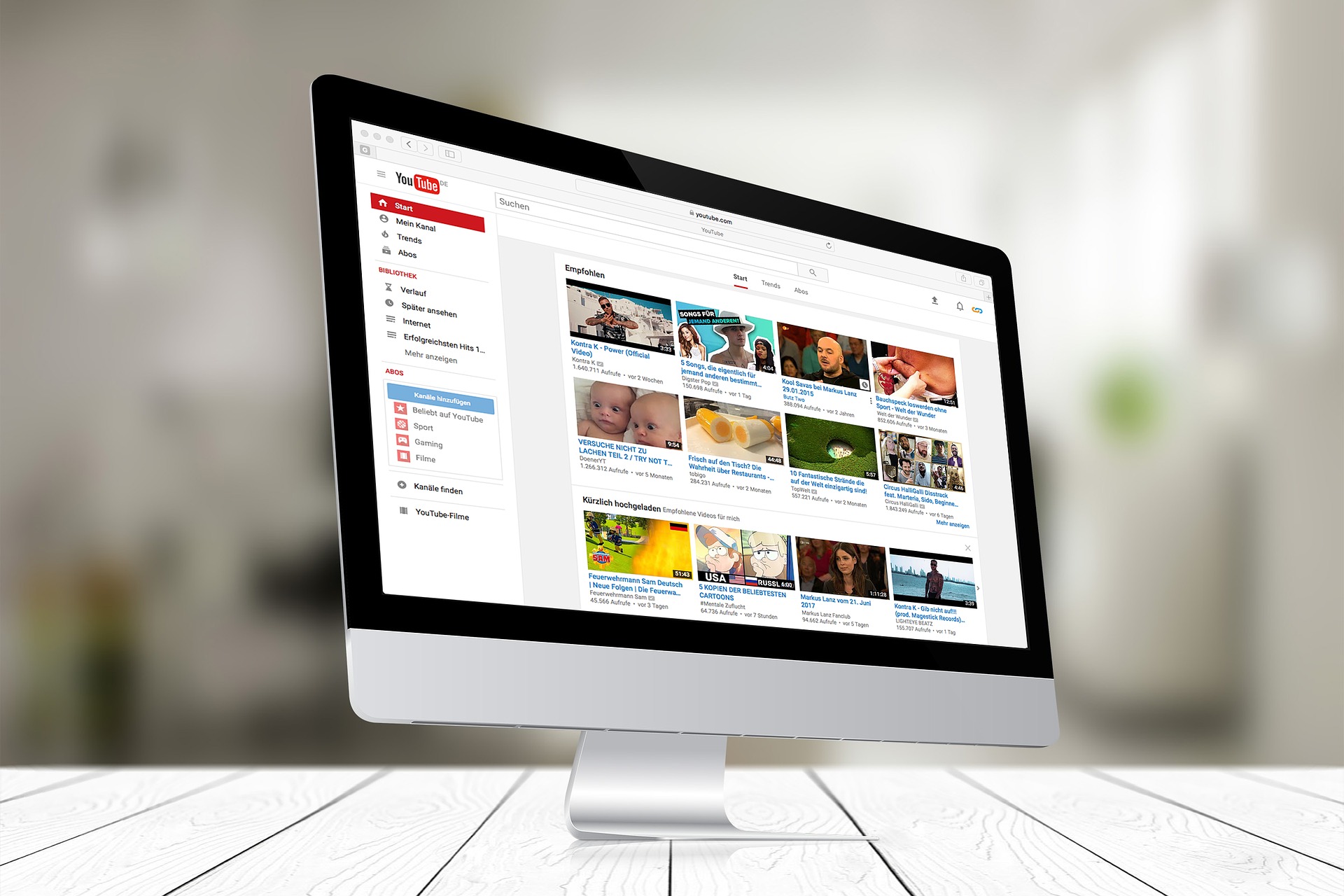Is it really necessary?
In a word – yes!
While YouTube is clearly a visual phenomenon, there are definitely a huge number of instances across a wide range of industries where transcription of the video is very useful. And the same applies vice versa – providing audio files for blogs or other online written content can be hugely beneficial for your SEO.
We’ve seen the world of online video sky rocket over the last few years, and it looks like it’s here to stay, and creating transcripts of those files means that you can achieve so much more value from the one source. You get more “bang for your buck” as written content can be used for website or blog content, marketing, training or even ebooks.
Let’s give you a couple of scenarios so you can see what we mean…
You’re a public speaker. You give a presentation to an audience and then follow up the session with a blog or further information about the presentation. This doesn’t even need to be shared publicly, you can make the information available to those that have attended the event or you could even sell them to people after the event as a “product”. Being able to provide a complete package that includes not just the slides but also a full transcription of the presentation is therefore a much more attractive prospect. It’s the only way to show exactly what happened – the interactions with the audience and any content that wasn’t planned for.
You’re a lecturer, or responsible for training within a business. You have video or audio files from a presentation that, once transcribed, can provide fantastically useful content for teaching or training in the future. Having the files transcribed will save you time and provide excellent learning material.
These are just two cases but really any audio or visual files become much more valuable to you as a business if you have them transcribed. Bear in mind that Google doesn’t pick up words or content from audio files when it’s doing its SEO “thing”. You don’t need to be an expert in marketing to know that as soon as you have an online presence as a business, SEO should become important to you. If you want potential customers to be able to find your business when it searches on Google (and let’s face it, Google is the clear market leader when it comes to search engines) then you don’t want your search results to come up on page 14! Putting that audio content in written form means the relevant keywords will be picked up and your SEO listing will be higher, which means it’s easier for customers to find you.
Transcribing any audio or visual content into written form instantly increases its value. You can quite simply do more with it – use the words to create a blog or PR story and you have two forms of communication for one effort. Not only that, you cover all bases. Not everyone likes to read and not everyone likes to listen, but doing both means you cover both!
But there’s an automated YouTube service – surely you can just use that?!
We’ve touched on this in previous blogs but the main issue with any automated transcription service is accuracy. YouTube’s service hasn’t yet got to grips with things like dialects or accents or the use of slang, so it’s really not up to speed with reliable accuracy. You quite simply cannot replace a human when it comes to accurate and quality transcription.
Getting FSTL involved in providing a transcription from your video or audio files means we take those files and create your written content in a timely fashion. We cover those bases for you and you get your content without any stress or hassle, leaving you to get on with what you’re good at.
It really is a win win situation.

